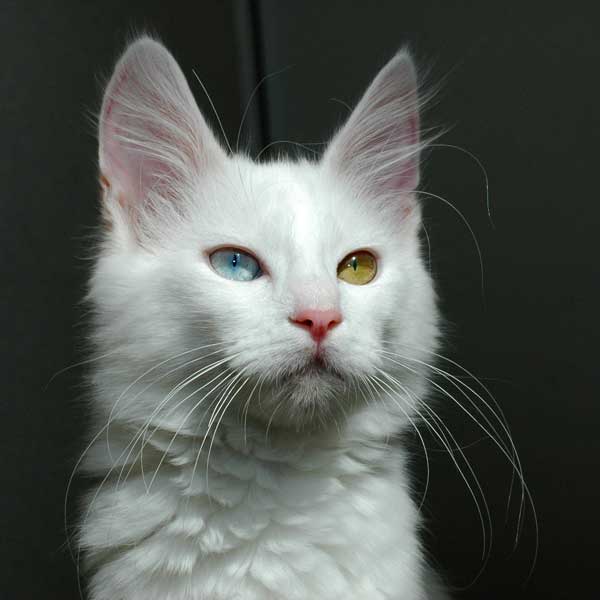Ask anyone who has an indoor dog or cat what the worst part of keeping their pet indoors is, and they will most likely say "the shedding."
So, if you have an indoor dog or cat, how do you deal with all that fur? By the way, in case you haven't guessed, if you have a non-shedding breed, this post won't be very useful for you.
You want to be able for someone to walk into your house, sit down, and not know that you have a dog or cat before they see the pet itself! This is possible, with some work.
Here are some things that you can do:
On the pet:
Buy a FURminator grooming tool. These de-shedding tools, really do remove hair. There is a video on the site, and a 4.6 out of 5 star rating on Amazon.com to show it. FURminator claims that the tools will not only remove the dead fur before it gets all over, but it reduces shedding to up to 90%. One Amazon.com review said that it got a grocery bag full or fur off of their two Goldens. Wow! A grocery bag full less fur around the house. There is one draw back: namely, the price! The newest model of de-shedding tool for medium sized, long haired dogs costs- $54! A tool for a small, long haired cat isn't much less- $44. Amazon has the tools for as little as $15, so if you want to save, don't buy off the website!
Vaccuming your pet: You may have read about doing this in the book "Ramona's World." I does work, on both cats and dogs, though it might take some training to get them to accept it. It will not hurt the pet, but they might find it a bit uncomfortable before they get used to it. Use the upholstery attachment.
On Furniture
Train your pet to stay off the furniture: It's no harder than teaching your pet to stop doing anything else.
If you don't mind having a pet on the furniture, try the wet rubber glove method: It's just what it sounds like: get a
bucket of water and a rubber glove. Put the glove on, dip it in the
bucket, and rub your gloved hand on a furry couch or chair. Dip the
glove again to rinse it, and repeat.
Or, use a cover: Put a slip-cover or sheet over the couch. Then, just wash it when it gets too furry. Wash it with out any thing else in the washing machine! You can take it off when company is coming. Just keep your pet away when the cover is off.
On Carpet
Squirt the carpet before you vacuum: Mix a couple squirts of fabric softener with lukewarm water in a spray bottle. Then, shake and squirt. Don't get the carpet too wet, and let it dry before you vacuum. This will make it easier to vaccum up the fur.
Baking soda: Sprinkle this around before you vacuum. This makes it easier to vacuum all the fur, and will also make the room smell better.
On Hardwood Floor and Tile
Sponge it: Try using a barely damped kitchen sponge on the floor. This will clump up the hair, and make it easier to clean up. Sweeping will only make it worse, as the fur will go all over- not something you want to happen in your kitchen!
Swivel Sweeper: This is kind of a cross between a broom and a vacuum, and will work moderately well on pet hair.
I hope those tips were helpful.



